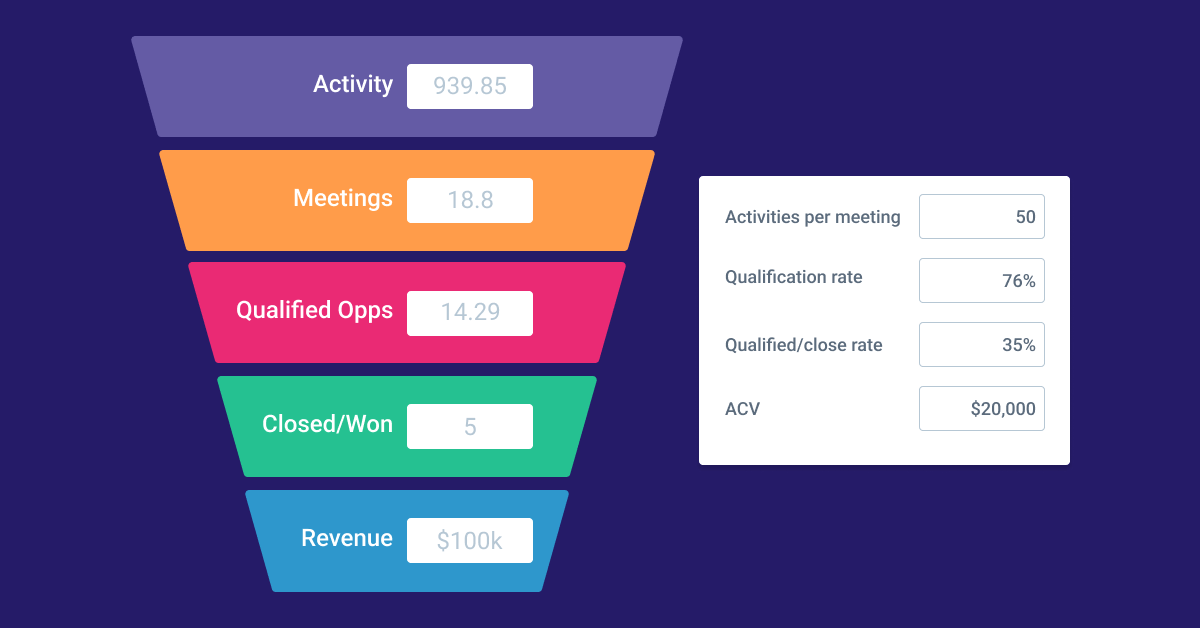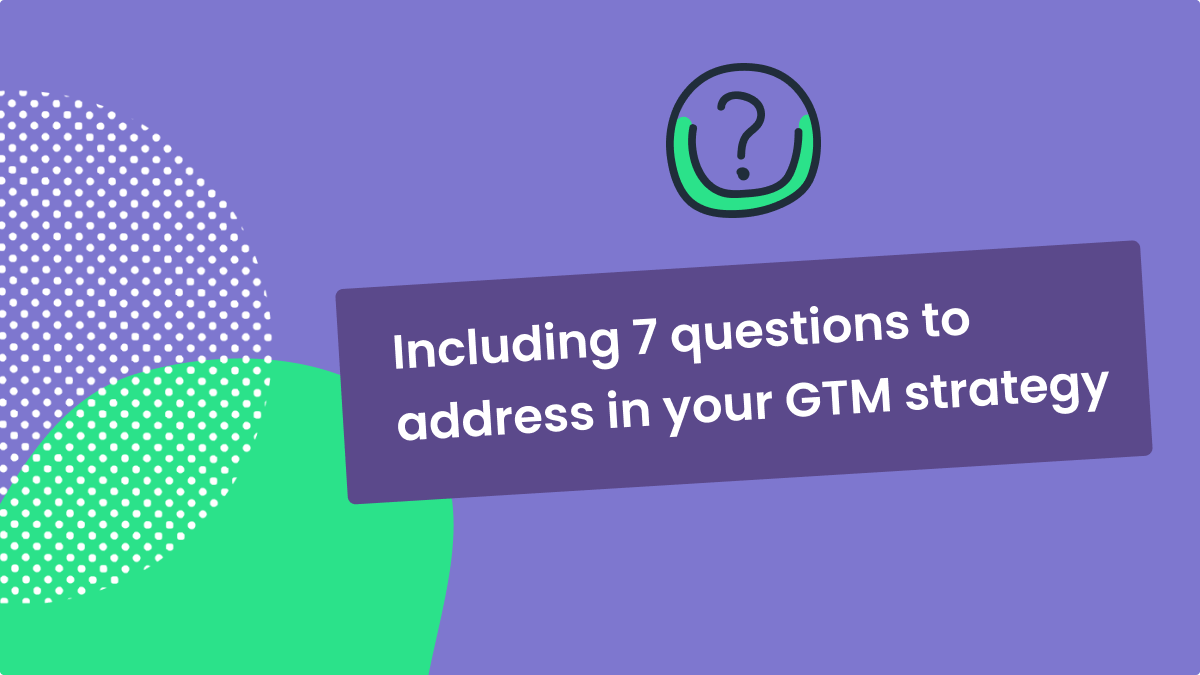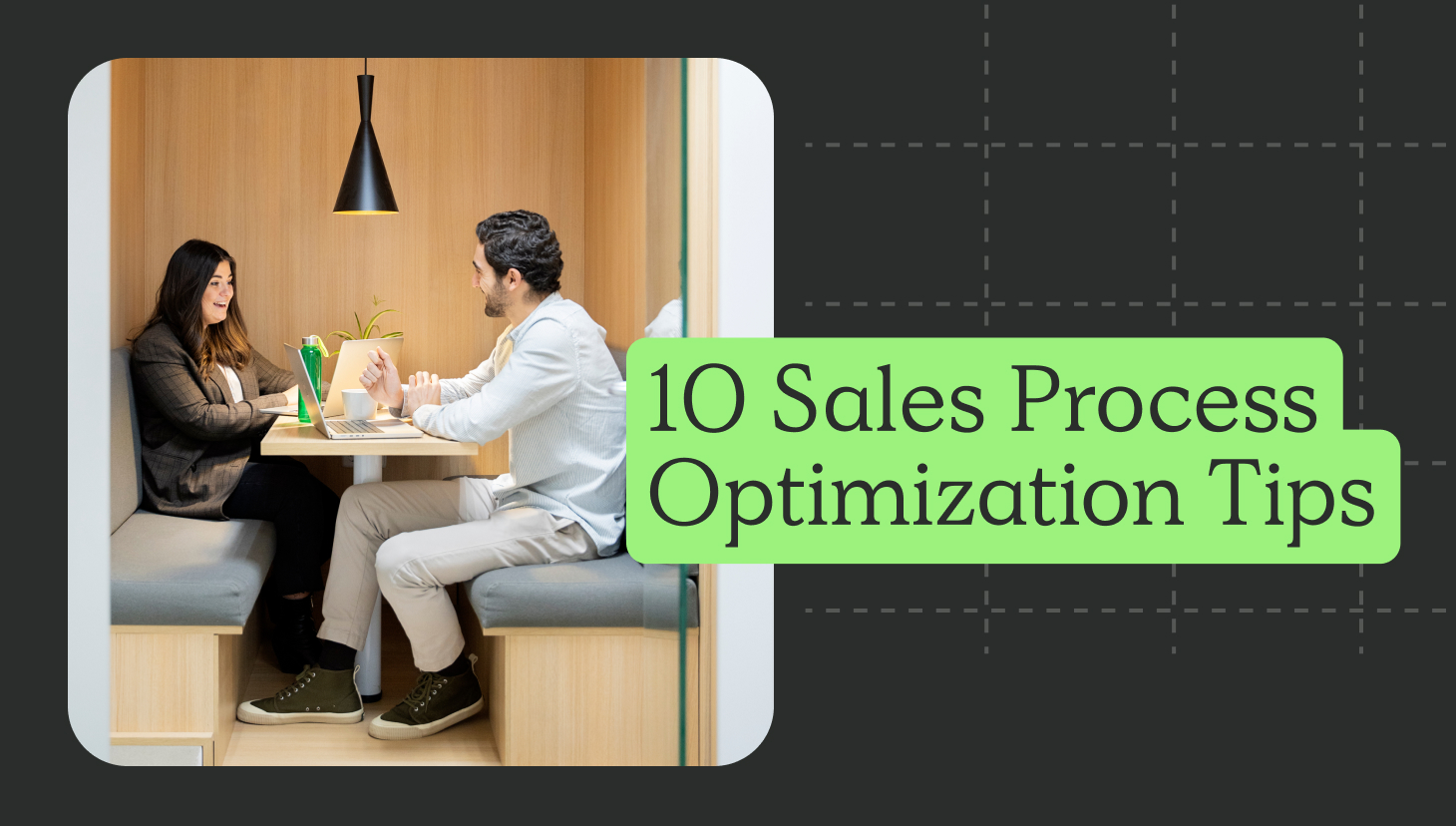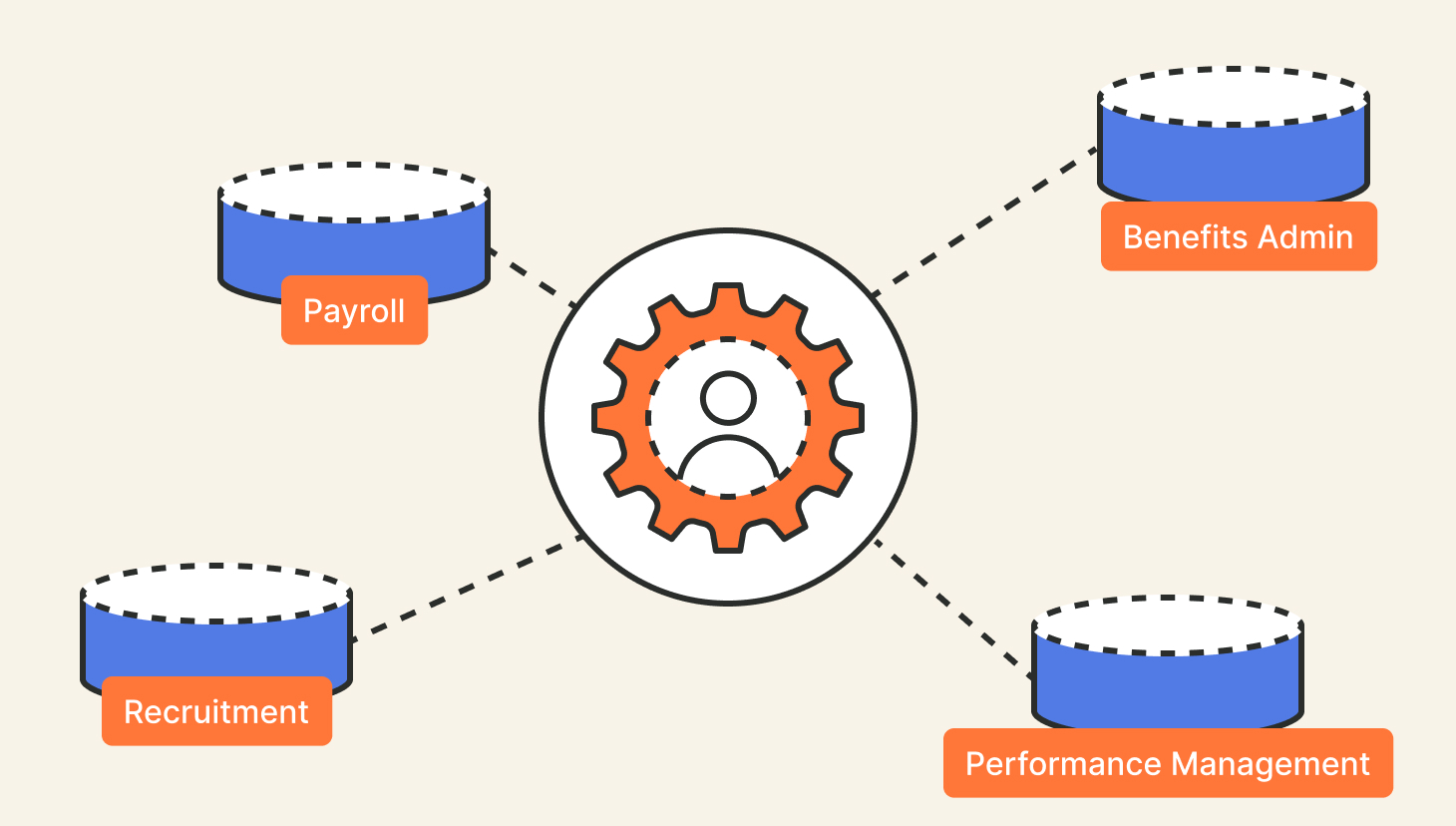Whether you are launching a product or entering a new market, you need a go-to-market (GTM) strategy to help you achieve your goals.
Without one, you risk wasting valuable time and resources on what eventually becomes a fruitless effort.
By formulating your approach, you can avoid pursuing the wrong prospects, miscommunicating your message to potential customers, or expanding into a market saturated with too many competitors.
Do you need to prepare a new GTM strategy and aren’t sure where to start? We’ve got you covered.
Reliable, accurate commissions
Use QuotaPath to automate earnings and quota attainment calculations. Integrate your CRM and take the manual work out of tracking commissions.
Track commissions for freeWhat is a go-to-market strategy?
A go-to-market strategy details the launch of a new product or entrance into a new market.
Even if you have an existing (successful) GTM strategy that you used previously for a current product, you should create a new GTM strategy as the marketplace and buyers change.
Plus, every market has its differences, which requires nuanced GTM plans.
Below, we go through the basics of what every GTM strategy should include.
Every GTM strategy features the following key elements:
Product-Market Fit: What problem your product solves and how.
Target audience: Who your ideal customer is, how much they are willing to pay to solve their problem, and what pain points and challenges your product can address.
Market research: Identification of potential competitors in the market and the amount of demand for your product or level of saturation in the market
Marketing plan: Which marketing methods and content types to use to generate demand for your product
Sales strategy: The type of sales plan and related process you are using
Now that you know what a GTM strategy looks like, let’s review the steps you can take to prepare one.

Build a Sales Funnel
Use our free sales funnel resource to see how many meetings your team needs to book to hit quota.
Calculate NowHow to build a go-to-market strategy
To build a new GTM strategy, understand that it will take an investment of time and effort. Although your process may look slightly different, the following 10 steps give you a good starting point.
1. Answer these questions
Before you dive into building a new GTM strategy you should answer some preliminary questions. This information helps you work through the additional steps of creating your new strategy.
According to Jen Lyttle, a go-to-market and sales consultant, some of the best questions to ask when developing a new GTM plan are:
- Who is our ideal customer profile (ICP) and how are we marketing to them today?
- How do our sales reps currently receive leads? What is the split between inbound versus outbound?
- What is our total addressable market (TAM) after identifying the ICP?
- Where are we currently getting stuck in the sales process?
- Is it that our sales reps don’t have the tools to move quickly?
- Is it that our sales reps have the tools to move quickly but they just don’t know how?
- Does our demo process work?
2. Identify the problem
Next, determine the problem your product or service solves for your ICP. This helps you understand product-market fit and is critical to ensure you launch the correct product to the right audience.
3. Define the target audience
Identify your target market with an ICP and buyer personas. This helps you create a clear picture of your prospects and how to communicate with them.
4. Research competition and demand
Once you know who your prospects are and what solution you offer them, you need to ensure there is sufficient demand in your target market and review the competitive landscape.
5. Decide on key messaging
Create a matrix tying messaging to each buyer persona based on pain points and product value.
6. Map the buyer’s journey
This is often visualized as a funnel or a flywheel.
7. Choose marketing channels
Select which types of content you will use to create demand for your product to move potential customers down the marketing funnel, and thereby drive growth. Some options include social media, paid search ads, blogs, SEO content, and emails based on your target audience and where your potential customers can be found along their buyer’s journey.
8. Create a sales plan
Decide how to sell to your target audience and convert them to paying customers. Popular options include self-service, inside sales, field sales, and channel sales.
9. Establish clear goals and ways to measure progress
This is an essential step so you can recognize success and the need to adjust your strategy. Create rules of how often to track goals and course correct so it becomes routine.
10. Create clear processes
Determine how to communicate and execute your strategy with your team. Include rules of engagement (RoE) for your sales team to prevent issues as leads start rolling in.
Lily Youn, Head of Growth at Gradient Works, offers a toolkit that includes a best practices RoE guide, along with a productivity calculator for metrics to hit targets next year.
QuotaPath supports RevOps professionals
We hope you find this GTM market guide helpful. Stop back for additional RevOps resources, and don’t forget to check out our library of tools including:
Compensation Hub
Discover, compare, customize, and share compensation plan examples. Adjust the 9 variables to align plans to your business goals.
Sales Compensation Trends to Know in 2023
We surveyed more than 300 leaders and sales reps to get a pulse on today’s sales compensation trends. Here are our biggest takeaways…
Calculate Quota:OTE Ratio
Next time you’re building a new quota or comp plan, use this free calculator to ensure your reps’ on-target earnings and quotas mirror what they’re bringing in for the business.
Sales Compensation Calculator
Use the Sales Compensation Calculator to plan or calculate on-target earnings (OTE), sales quotas, and commission rates for your sales compensation plans.
Build a Sales Funnel
Sales leaders, RevOps, and individual contributors can use this free tool to holistically analyze their sales funnel. Activities lead to opportunities, opportunities lead to revenue — see the complete picture.
Navigating Commissions & Compensation Planning in a Volatile Job Market
In this ebook, and in partnership with Pavilion, we interviewed four sales and finance executives from the Pavilion community. Learn how they approach sales compensation planning in a volatile market.
Guide: Your Guide to Setting, Calculating & Tracking Sales Compensation
Create sales compensation packages that reward over performance, drive productivity, and attract and retain talent.
Guide: How to Build a Compensation Plan Your Sales Team (& Future Investors) Will Love
QuotaPath and SaaSOptics teamed up on this guide to help you design sales comp plans that deliver.
Sales Commission Tracker Template
An easy-to-use spreadsheet to simplify the commission tracking process. Track what you or your team have earned with just 4 inputs.
Guide: Give Your Reps a Better Commission Tool
If you want to increase sales team attainment, motivate sellers to bring in lingering deals at the end of the month, and give reps, Finance, and RevOps a source of truth for sales compensation, you’re in the right place.
Report: How 100+ SaaS companies approach their comp plans
A comprehensive guide to sales comp plans trends. The benchmark report summarizes how sales, RevOps, and finance leaders build compensation plans.



